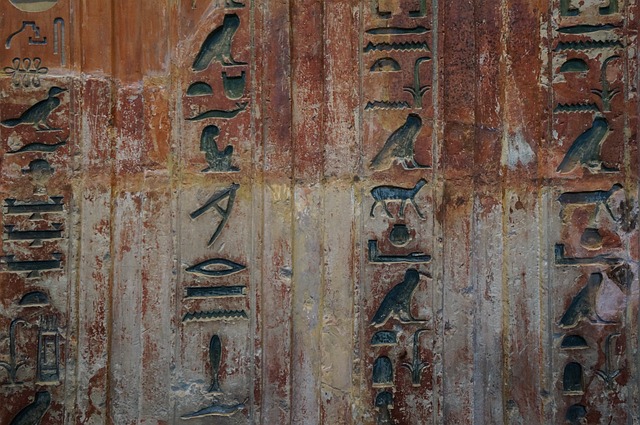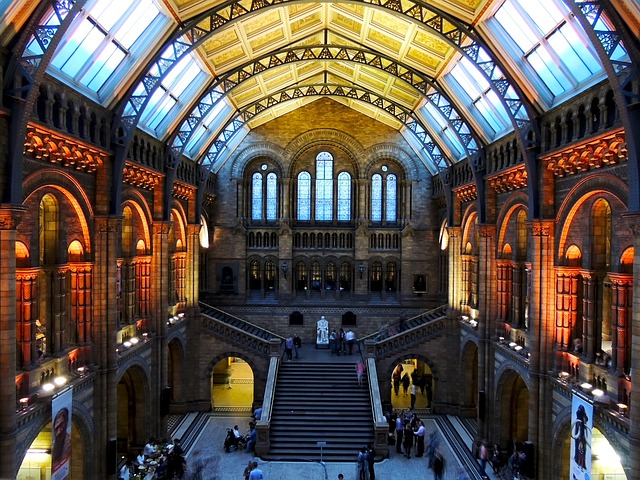Discovering Culture: Top Travel Guides to Iconic Museums
Exploring the vast array of museums around the world offers a unique opportunity to dive deep into the rich tapestry of human history, art, and culture. From the ancient relics of civilization to contemporary art masterpieces, museums serve as repositories of our collective knowledge and creativity. In this article, we provide a detailed look at some of the most iconic museums globally, guiding you through their distinctive features, significant collections, and tips to enhance your visit.
The Louvre Museum, Paris
The Louvre, located in the heart of Paris, is perhaps the most famous museum worldwide. Originally constructed as a fortress in the late 12th century, it has evolved into a monumental art institution, housing over 380,000 objects, including the Mona Lisa and the Venus de Milo.
When planning your visit, it’s essential to first decide which sections you’d like to prioritize. With eight departments, encompassing everything from the ancient civilizations of the Near East to Renaissance masterpieces, it’s easy to feel overwhelmed. Consider starting your journey at the Denon Wing, where the Mona Lisa resides, and move through the grand halls adorned with works from the likes of Michelangelo and Vermeer.
To avoid long lines, purchase a timed-entry ticket online. Early morning or late afternoon visits can also offer a more tranquil experience. Don’t forget to explore the museum’s surrounding area, particularly the scenic Tuileries Garden, perfect for a post-visit stroll.
The British Museum, London
Renowned for its extensive collection of art and antiquities, the British Museum in London is a testament to human history and culture. With over 8 million works, the museum showcases artifacts from around the globe, including the Rosetta Stone and the Elgin Marbles.
A visit here is best enjoyed by focusing on specific themes or exhibitions. The Great Court, designed by Foster and Partners, serves as a spectacular entry point, featuring a glass roof that creates an airy atmosphere. Popular sections include the Egyptian mummies, the Greek and Roman gallery, and the ancient Mesopotamian treasures.
Entry to the museum is free, although special exhibitions may require tickets. To enhance your experience, consider joining a guided tour or utilizing the museum’s audio guides, which offer insights into selected artifacts and exhibits.
The Metropolitan Museum of Art, New York City
The Metropolitan Museum of Art, affectionately known as “The Met,” is one of the largest and most prestigious art museums in the United States. Spanning over 2 million square feet and housing over 2 million works, it features everything from ancient Egyptian artifacts to American modernism.
The museum is divided into three locations: The Met Fifth Avenue, The Met Cloisters, and The Met Breuer. Most visitors spend their time at The Met Fifth Avenue, which showcases European paintings, classical sculptures, and American decorative arts. Highlighted works include paintings by Van Gogh, Rembrandt, and Monet.
To maximize your visit, consider visiting on weekdays, as weekends tend to draw larger crowds. Download the museum’s app for an engaging self-guided tour experience. You can also join one of the many daily art talks for deeper insights into the exhibits.
The Vatican Museums, Vatican City
A treasure trove of art and history, the Vatican Museums boast an impressive collection of both religious and secular artworks. Home to masterpieces by Michelangelo, Raphael, and Bernini, visiting the Vatican Museums is a profound experience for art lovers and history buffs alike.
The highlight is undoubtedly the Sistine Chapel, with its breathtaking ceiling painted by Michelangelo. Be prepared to be awed by the intricacies of the Last Judgment scene, which covers the altar wall. Other notable galleries include the Gallery of Maps and the Raphael Rooms.
Due to its popularity, booking tickets in advance is highly recommended, as it allows you to skip the long queues. Early morning or late afternoon visits can offer a more serene atmosphere, and guided tours can enrich your understanding of the extensive collection.
The Uffizi Gallery, Florence
Situated in Florence, the Uffizi Gallery holds one of the most important collections of Renaissance art in the world. The museum’s design by Giorgio Vasari reflects its historical significance and architectural beauty. The Uffizi is particularly famous for its outstanding works by Botticelli, da Vinci, and Michelangelo.
When visiting, it’s beneficial to familiarize yourself with the major pieces you want to see, like Botticelli’s “The Birth of Venus” or Caravaggio’s “Medusa.” The museum’s layout allows for a chronological journey through Renaissance art, giving visitors deeper insight into the evolution of artistic styles.
Tickets to the Uffizi can sell out quickly, so be proactive in securing your admission in advance. Consider using a guided tour, as it can provide meaningful context to the artworks and their significance.
the Rijksmuseum, Amsterdam
The Rijksmuseum is the national museum of the Netherlands, dedicated to arts and history. With a collection of over 1 million objects, it includes a remarkable inventory of Dutch paintings from the Golden Age, featuring works by Rembrandt, Vermeer, and Hals.
One of the highlights is Rembrandt’s “Night Watch,” a monumental piece that dominates an entire gallery. The museum’s architectural beauty is a juxtaposition of a historic building and contemporary additions, allowing for a seamless viewing experience.
To optimize your visit, consider exploring the museum’s thematic routes that focus on different art movements or periods. Purchasing tickets online can save time, and plan for a leisurely visit as the museum encourages contemplation of its numerous masterpieces.
The National Gallery, London
Positioned in the heart of London, the National Gallery is home to an incredible collection of European paintings dating from the 13th to the 19th century. It features renowned works by famous artists such as Van Gogh, Turner, and Monet, making it a pivotal destination for art enthusiasts.
Sprawled over a stunning square, the gallery typically attracts large crowds, especially on weekends. To make the most out of your visit, sign up for one of the free guided tours offered throughout the day. The exhibitions are organized chronologically, enabling visitors to appreciate the developments in Western art history easily.
Entry to the National Gallery is free, enabling visitors from all walks of life to experience the rich history encapsulated in its walls. Plan to spend a few hours here, as the museum’s expansive collection beckons for careful observation.
Conclusion
Museums serve as crucial custodians of history, offering insights into the artistic expressions and cultural developments throughout human civilization. Whether it’s the historical treasures of the Louvre, the expansive collections of the British Museum, or the vibrant works at The Met, each museum presents an unparalleled experience waiting to be explored.
Before you embark on your museum journey, consider researching individual collections and planning your itinerary to maximize your engagement. A visit to these iconic museums not only enriches your understanding of art and culture but also allows you to connect with the stories and legacies of those who came before us.
In an increasingly digital world, setting aside time to engage with physical spaces that celebrate human achievement remains an invaluable experience. So pack your bags, grab your tickets, and set forth on an adventure to discover the incredible institutions that encapsulate the essence of human culture.


